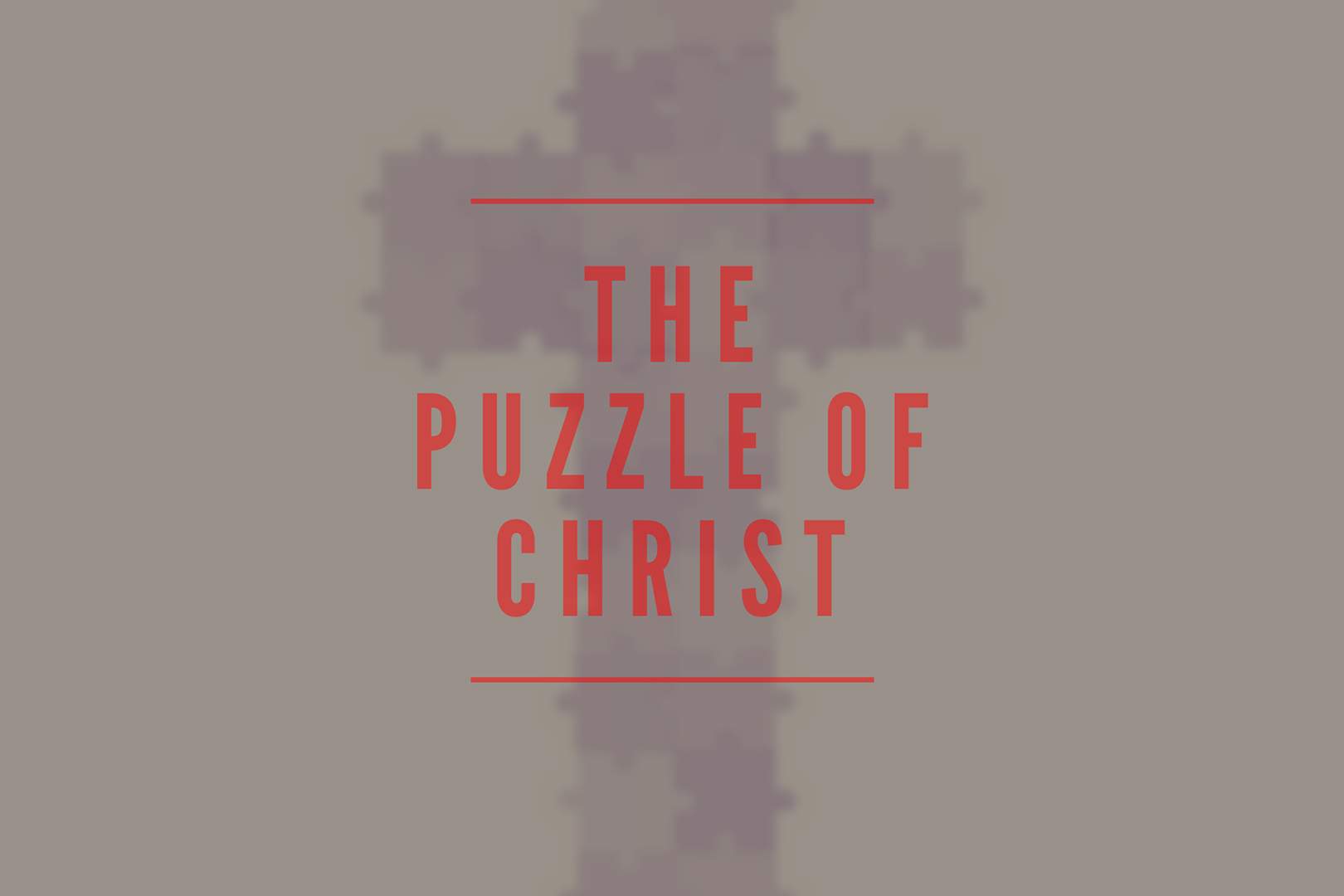
The Puzzle of Christ
Before the internet, video games, and social media provided our source of entertainment, one of America’s favorite past-times were jigsaw puzzles. People enjoyed picking up obscure pieces, finding where they fit in the picture, and putting them into place. But imagine putting together a puzzle without the picture on the box as your guide. That would make the puzzle more difficult, if not impossible to solve.
Now think of the Bible as a jigsaw puzzle. The Old Testament stories, laws, and ceremonies are the pieces, and the New Testament is the picture on the box. These pieces only have meaning if they are put together to form the grand picture of Jesus Christ as the Messiah. From Genesis to Malachi, you uncover all of the puzzle pieces. But without the New Testament to tell you that all of the Old Testament stories, laws, and ceremonies fit together to form the complete picture, you might think that the individual pieces were their own portraits. Their ultimate meaning and purpose would be lost.
When you look at each puzzle piece as an individual portrait, you are left with an incomplete puzzle, and a narrow understanding of the greater picture. This is the problem the Pharisees had in Jesus’ day. They knew the Old Testament from front to back. They had all the facts. They had all the stories memorized. Yet Jesus said to them in John 5:39, “You search the Scriptures because you think that in them you have eternal life; and it is they that bear witness about me, yet you refuse to come to me that you may have life.” Because they couldn’t see beyond the individual puzzle pieces, they failed to see how all of the Old Testament points to a greater image: Jesus as the Messiah.
The puzzle pieces of the Old Testament can show us great examples of faith, but examples of faith do not give us reason to believe that Jesus is the Messiah. Since Jesus showed his disciples that the entire Old Testament is about him, we now know that every story, law, and ceremony is not written to give us examples of faithfulness, but to help us see that Jesus is the one in whom we should put our faith. More than mere examples of faith, the Old Testament was written to provide us with reasons for faith – faith that Jesus is the Messiah.
One way this is done in the Old Testament is through typology. Typology is defined as “a method of Biblical interpretation whereby an element found in the Old Testament is seen to prefigure one found in the New Testament” (theopedia.com). For example, just as Isaac carried wood on his back to the place where he would be a sacrifice, so too Jesus carried the wood of the cross on his back to the same place to be a sacrifice. And just as Samson willingly allowed himself to be bound by the men of Judah and given to their enemies, so too did Christ allow himself to be bound by the Jews and turned over to the Romans. These men are “types of Christ”, and they are the pieces of the Old Testament’s puzzle. But their examples cannot cultivate our faith in Jesus when looked at alone. When we see that Jesus perfectly fulfills their prefiguring elements in the New Testament, we are ultimately given reasons to believe that Jesus Christ truly is the Messiah.
All of the Old Testament characters, stories, laws and ceremonies prefigure Christ in such a way, that when you put these puzzle pieces together, you get a perfect picture of Christ.
